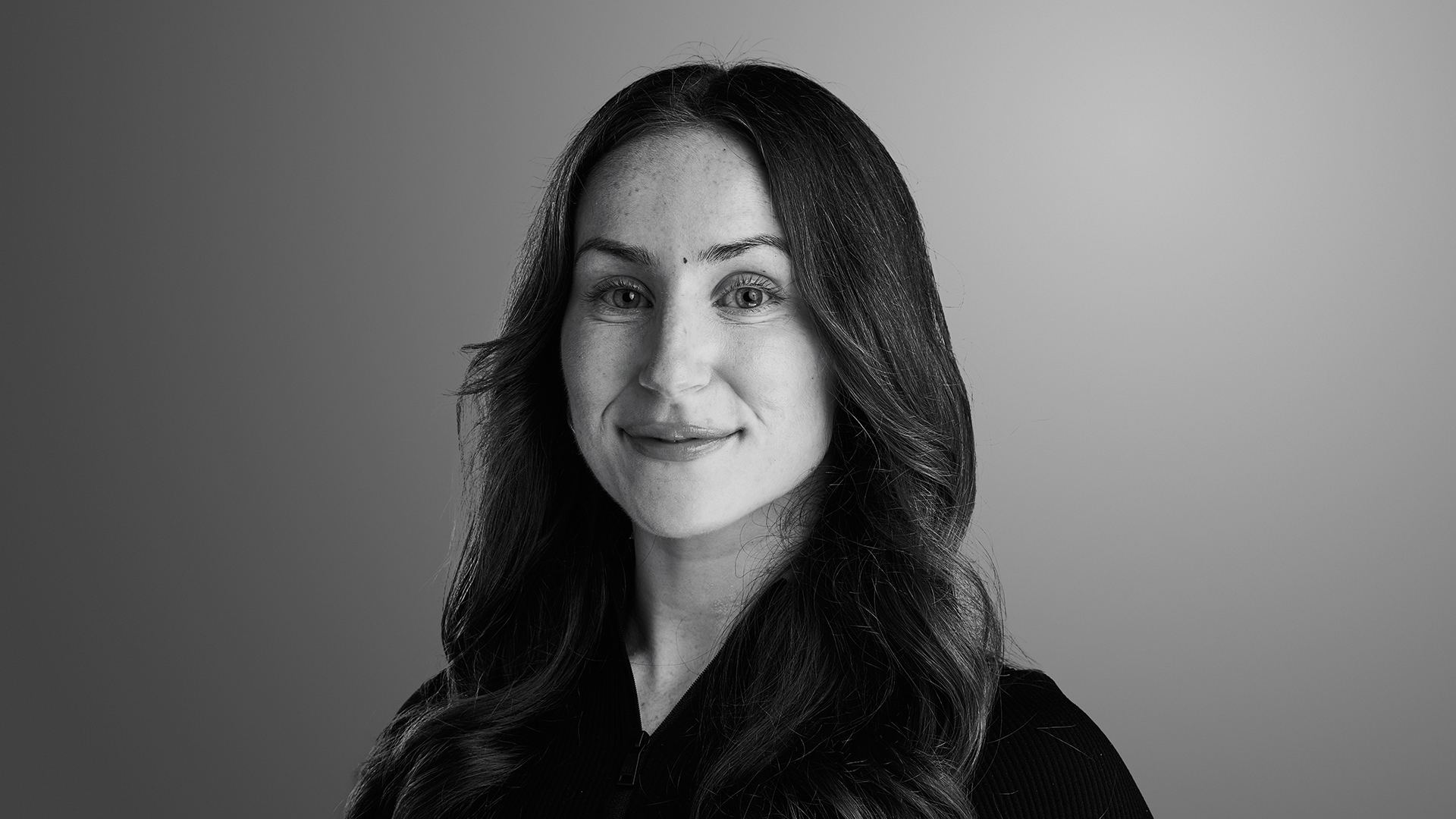I did deadbugs for four months and this core exercise changed my body for the better
They've now got a firm place in my training routine


One of my favourite things to train has got to be my core. ‘Really? That’s a bit boring’ you may be thinking. But, actually, our core are the group of muscles that stabilise our spine and trunk of the body, as well as help us move, so they’re pretty important. I love trialling and testing new core exercises to see which ones I find the most beneficial. For the past four months I’ve been doing dead bugs, five times a week and I’m pleased to confirm I genuinely think they’re better than doing the plank.
In case you've never heard of them before, deadbugs are a core exercise where you lie on your back and extend your opposite leg and opposite arm at the same time. They target the rectus abdominis (the six-pack muscles), tranverse abdominis (your deep core muscles), as well as the spinal erectors which support your lower back and stabilise the spine. They’re beginner-friendly and be can done practically anywhere – there's so many great reasons to do dead bugs! Here’s how I got on doing them for the last four months.
How to do dead bugs
Make sure you use an exercise mat when performing the deadbug, as I can assure you they're not comfortable without one. Here's how you do them:
- Start by laying flat on the floor on your back
- Next, lift your arms directly up above you and bring your legs into a 90 degree 'table top' position (you want as much of your back as flat to the floor as possible)
- Slowly, and at the same time, extend your right arm behind your head and your left leg out in front of you so it becomes straight, exhaling whilst you do this
- Once both are a few inches from the ground, hold here for a second, then inhale and bring them back to the starting position
- You will do this for your required amount of reps and then swap sides
Dead bugs for four months – my experience
During my warm ups I would do two sets of six dead bugs on each side, so nothing too strenuous. The key I discovered to doing a good dead bug is to make sure that they're done slowly and controlled. If you’re trying to rush them you may as well not do them. So, I would lower my arm and leg for three seconds, hold for one and come back to the starting position for three seconds. Another thing that made a big difference: remembering to breathe, very important and if you don't, you will find yourself exhausted by your third rep.
As soon as I slowed it down I could instantly feel my core working and by the sixth rep my whole mid-section felt like it was on fire. This is why if you do dead bugs properly, you actually don’t need to do too many – it’s quality over quantity. Another good thing about dead bugs is that it’s a versatile movement that you can easily adjust to make more difficult. Once I’d mastered dead bugs with my bodyweight, my coach introduced a resistance band. This was attached to a squat rack and then I would have to pull it and extend my arms above my head whilst moving my legs. This created extra tension in my abdominal area, making the move more challenging. After three months I moved onto a knee-press dead bug (pictured below), which I actually found more difficult than the banded ones.

One big difference I noticed after four months of doing dead bugs was that they’ve helped to relieve a lot of my lower back pain. I’ve suffered with this for a long time, particularly in the mornings, when I feel it's at its stiffest, or after a long day of sitting. I’d do something that I like to call the ‘toe test’ (where I see if I can get my hands to touch my toes) and prior to doing the dead bugs I could never get my hands to touch them in the morning. However, since doing them I can almost reach them every time.
The second thing was my performance during my training had improved. During my compound exercises, like front and back squats, I would rely heavily on my weightlifting belt to help with my bracing and offer a little support to my back. Now, I’ve been using it less, as my core feels a lot stronger and I feel I can manage without it. Plus, as my lower back pain is no longer as bad I’m not as tempted to reach for the belt every time. I’ve even felt more stable during my runs; I wobble less if I have to dodge something in my path and I have no back pain afterwards.
Get all the latest news, reviews, deals and buying guides on gorgeous tech, home and active products from the T3 experts
Dead bugs definitely have not given me a six-pack yet (who knows, give me four more months...). However, my core generally feels more stable and stronger. I feel they’ve helped my body be able to physically function better and that's a huge win over aesthetics in my eyes.
Dead bug variations
As I mentioned earlier, dead bugs are brilliant for everyone because they're so versatile. Start with your bodyweight, then once these become too easy, and you need something a little more challenging, give these a go:
1. Knee-press dead bug
This is where you simply push your opposite hand into your opposite thigh and then do the dead bug movement with the remaining arm and leg. It creates extra abdominal pressure and is a great next step to challenging your core if you don't have home gym equipment for the other variations below. Just make sure you're continuously pushing your hand into your thigh throughout the movement.
2. Banded dead bug
Once you find the knee-press dead bug too easy, move onto this variation using a resistance band. It'll remind you what that deep abdominal burning sensation feel likes. You can either do it with a long pull-up resistance band (as shown below) or a small loop band. If you have the latter, just loop it around your wrists, pull your hands to shoulder-width apart and give your dead bugs a go, or pop it around your knees.
3. Dumbbell dead bug
If you don't own a resistance band, again, you can enhance the difficulty of this exercise with either a single dumbbell or one kettle. Whatever weight you choose, hold it with both hands, arms extended above you, and then just take one leg in and out at a time.

Bryony’s T3’s official ‘gym-bunny’ and Active Staff Writer, covering all things fitness. She is a certified personal trainer and also a part-time fitness instructor. In her spare time, you will find her in her natural habitat - the gym - where her style of training is a hybrid of bodybuilding and powerlifting. Bryony loves writing about accessible workouts, nutrition and testing innovative fitness products that help you reach your fitness goals and take your training to the next level.